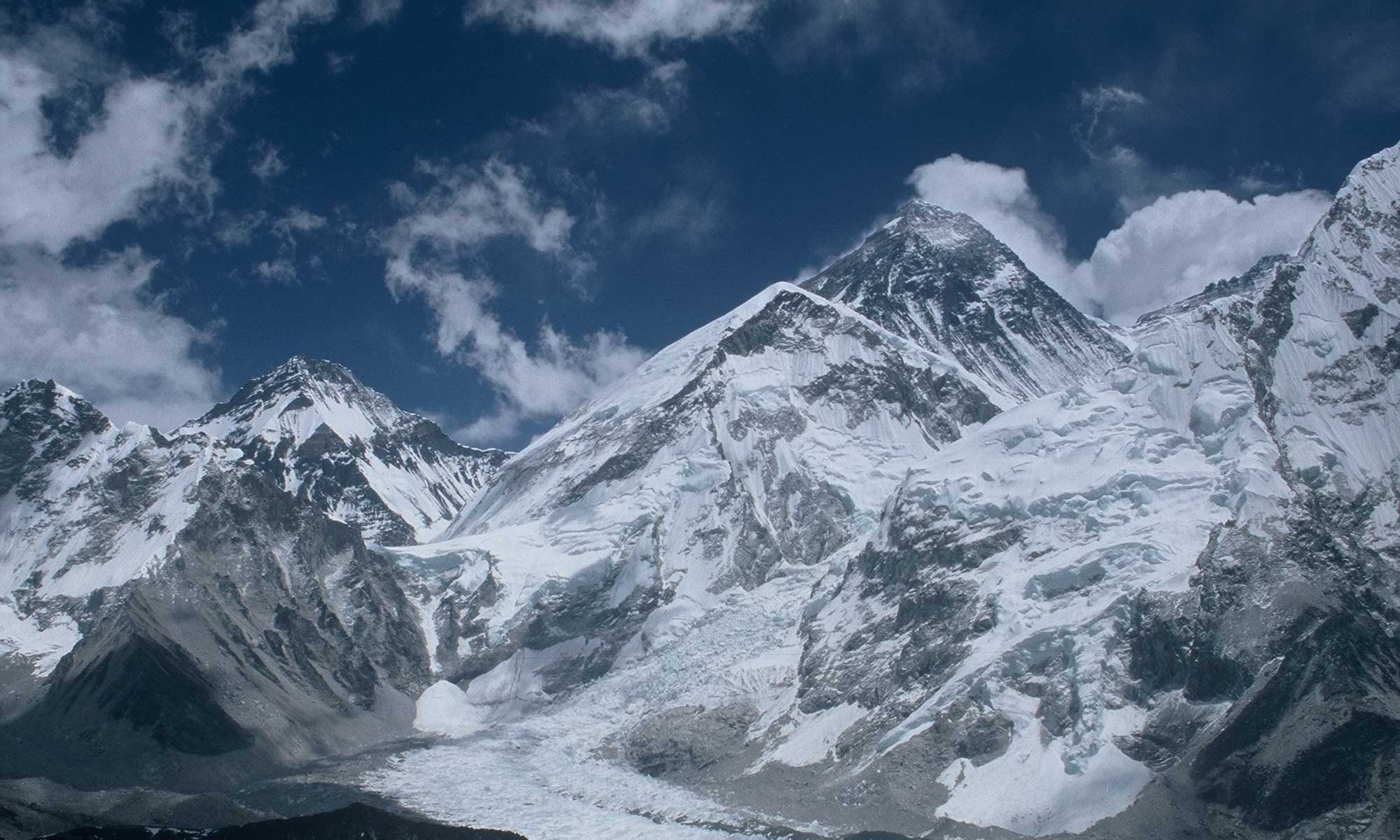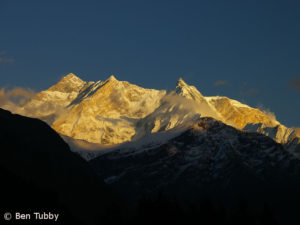“I was deeply touched. Never before I had felt such a feeling of happiness,” French climber Maurice Herzog later wrote about that moment on 3 June 1950, when he reached the 8,091-meter-high summit of Annapurna I with his compatriot Louis Lachenal – it was the first ascent of an eight-thousander. Both climbed without bottled oxygen on their way over the northern flank of the mountain. The way back from the summit was dramatic.
On the verge of madness
The weather changed, avalanches swept down into the valley. Herzog and Lachenal could hardly move with frozen limbs. Their helpers were helpless because they were snow-blind – a rope team on the verge of madness. “That it still turned out well is a miracle”, Reinhold Messner once told me when we talked about the Annapurna expedition in 1950. “They were doped not only with mental powers, with summit mania, but also with antibiotics and other drugs.” The first ascenders survived, but paid for their summit success with fingers and toes that had to be amputated.
Herzog had the final say
It was a time when expeditions to the highest mountains of the world were still national prestige projects and were handled more like military operations. Expedition leader Herzog was the commander, without any ifs and buts. He had the final say. All expedition members had to take an oath beforehand: “I solemnly promise to obey the expedition leader in everything he asks of me during the course of the expedition.” The other climbers also pledged not to publish any reports about the first ascent afterwards. Only Herzog was allowed to do that. His book “Annapurna” became a bestseller.
Hero with blemishes
In France, Duke was celebrated as a national hero. In Chamonix he was mayor, under President Charles de Gaulle even minister of sport. And Herzog became a member of the International Olympic Committee. Before his death in 2012, his reputation received a few scratches. Herzog was accused of having downplayed the performance of his companions on Annapurna. His daughter Félicité described him in a book as a liar and womanizer who neglected his children.
Louis Lachenal, who in 1946 succeeded in the second ascent of the Eiger North Face with Lionel Terray, survived his success on Annapurna by only five years: In November 1955, he fell into a 25-meter-deep crevasse during a ski run near Chamonix. Lachenal died of the injuries at the age of only 34 years.
7000m peaks named after Annapurna pioneers
In Nepal today two mountains bear the names of the two climbers who made the first ascent of Annapurna. The government in Kathmandu opened the two summits for climbing in 2014. The 7,555-meter-high Herzog Peak (also known as Khangsar Khang West) and the 7,140-meter-high Lachenal Peak (Gangapurna West) are located in the region around Annapurna, where the two Frenchmen achieved the first summit success on an eight-thousander – today exactly 70 years ago.


